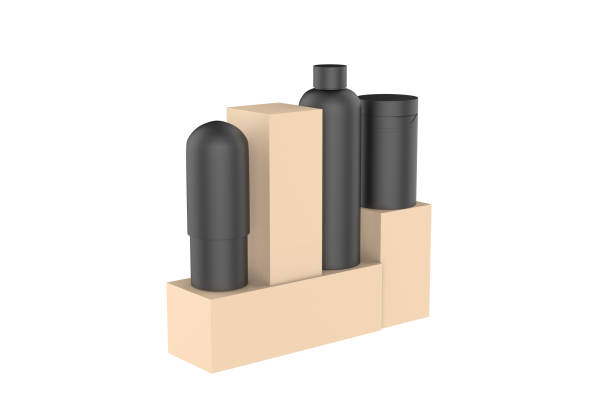The global demand for Sustainable packaging solutions is rising as consumers and businesses become more environmentally conscious. One industry that significantly benefits from sustainable practices is oil packaging. Traditional oil packaging materials, such as plastic bottles and metal cans, contribute to environmental pollution. In contrast, eco-friendly oil packaging options reduce carbon footprints, improve recyclability, and ensure a healthier planet. Among these, Gable Top Box packaging stands out as an innovative and sustainable alternative.
1. The Need for Eco-Friendly Oil Packaging
Environmental Impact of Traditional Packaging
Most conventional oil packaging materials, including plastic and aluminum, create substantial waste. Plastics take hundreds of years to decompose, contributing to landfill overflow and ocean pollution. Aluminum and tin cans require high energy consumption during production, increasing greenhouse gas emissions.
Benefits of Eco-Friendly Packaging
Switching to sustainable oil packaging offers multiple benefits:
- Reduces plastic waste: By replacing plastic bottles with biodegradable materials, companies lower environmental impact.
- Enhances brand reputation: Consumers prefer eco-friendly brands, leading to better customer loyalty.
- Cost-effective in the long run: Although initial costs might be high, sustainable packaging reduces waste management expenses over time.
Gable Top Box as a Sustainable Choice
A Gable Top Box is a carton-based packaging solution commonly used for liquids like milk and juice. Recently, it has gained popularity in the edible oil industry due to its recyclability and eco-friendly nature. Many brands are switching to Gable Top Box packaging to align with sustainability goals while maintaining product safety and freshness.
2. Types of Eco-Friendly Oil Packaging
Biodegradable and Compostable Materials
Many companies now use plant-based materials like cornstarch or sugarcane fiber to produce biodegradable packaging. These materials break down naturally, reducing landfill waste.
Recyclable Cardboard and Paperboard Packaging
Cardboard and paperboard, particularly Gable Top Box cartons, are excellent choices for oil packaging. They are lightweight, easy to transport, and recyclable, making them a sustainable option.
Glass Bottles and Recycled Aluminum Cans
Glass is 100% recyclable and does not degrade in quality, making it an ideal choice for reusable oil packaging. Some companies also use recycled aluminum cans, which reduce the need for new raw materials.
Edible Packaging
An emerging trend in eco-friendly oil packaging is edible packaging made from seaweed or other natural ingredients. While not yet mainstream, this innovative approach reduces waste by offering a completely consumable solution.
3. The Future of Sustainable Oil Packaging
Increasing Consumer Demand for Green Products
As awareness of climate change and sustainability grows, more consumers are actively seeking environmentally friendly packaging. Companies that adopt sustainable oil packaging gain a competitive advantage and build stronger relationships with eco-conscious customers.
Government Regulations and Industry Standards
Governments worldwide are implementing stricter regulations on plastic packaging. Many countries now require companies to use biodegradable or recyclable materials, encouraging the shift towards sustainable packaging options like Gable Top Box cartons.
Innovation in Sustainable Packaging
Advancements in technology continue to introduce new sustainable materials, such as bio-based plastics and smart packaging solutions that extend shelf life and reduce food waste. Brands investing in these innovations are setting new industry standards.
Conclusion
Eco-friendly oil packaging is no longer just an option—it is a necessity for businesses looking to reduce their environmental impact. By transitioning to sustainable packaging solutions such as Gable Top Box, companies can contribute to a healthier planet while appealing to conscious consumers. As innovation in green packaging continues, the future of the oil industry looks promising, with sustainability at its core.









